India’s freedom struggle has numerous stories associated with it and the tale of the Jallianwala Bagh massacre is one of the most devastating. Jallianwala Bagh Museum currently stands as a memorial to the brutal massacre that took place on April 13, 1919. Visiting the Jallianwala Bagh Museum is not just about paying homage but also about understanding the importance of freedom and the sacrifices made by those Indians. If you are a history buff interested in unfolding more insights about the history of the Jallianwala Bagh massacre, a visit to this museum is a must.
Quick Details About Jallianwala Bagh Museum
Jallianwala Bagh Museum Address: 1418, Gali Number 7, Ramanand Bagh, Katra Ahluwalia, Amritsar, Amritsar Cantt., Punjab 143001
Jallianwala Bagh Museum Timings: 10 AM to 5 PM
Jallianwala Bagh Museum Ticket Price: Free
Best Time To Visit: October to March
Time Required: 1 to 2 hours
How To Reach
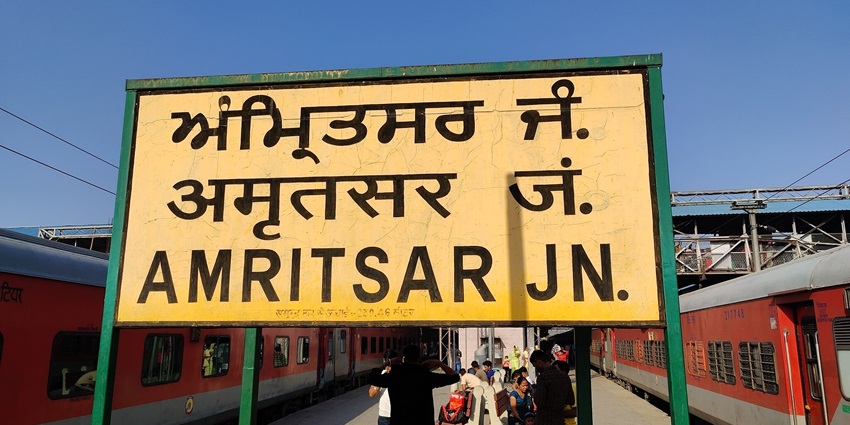
Photo: Ravi Dwivedi / Wikimedia Commons
Jallianwala Bagh Museum Punjab is centrally located in Amritsar, making accessibility quite seamless for every visitor:
By Air: Sri Guru Ram Dass Jee International Airport is the nearest airport to the museum, located around 14 km away. Outside the airport, you will find numerous auto rickshaws and taxis available to take you to the museum.
By Rail: Located 3.5 km away, Amritsar Junction Railway Station is the nearest railhead from the museum. There are daily trains available from Delhi, Kolkata, Mumbai and Jaipur. Auto-rickshaws and taxis are readily available from the station to the museum.
By Road: You can either drive or take buses operated by the Punjab State Road Transport Corporation (PSRTC) to reach the museum. Auto rickshaws and taxis are also readily available.
Suggested Read: Offbeat Places To Visit In Zirakpur
Things To Do At Jallianwala Bagh Museum
Beyond exploring the memorial in Jallianwala Bagh Museum, there are numerous exhibits that you have to stop and explore:
1. Explore The Museum Exhibits
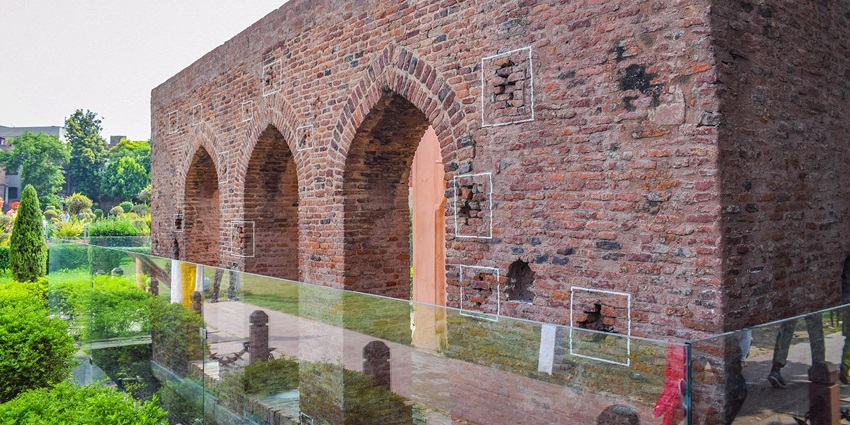
Photo: Chinmaykp25 / Wikimedia Commons
The main attractions inside the museum are the galleries and exhibits. There are numerous rooms inside, each showcasing a unique artefact and exhibit that offers you a glimpse into the destructive day of the past. Spend time understanding the significance of each exhibit, from weapons used during the massacre to letters and personal belongings of the victims. As you walk through each gallery and exhibit, it evokes a sense of sombre.
2. Visit The Martyr’s Well
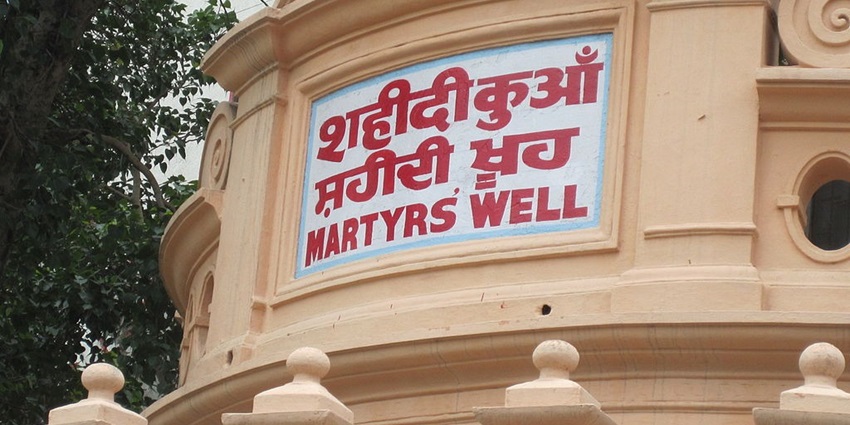
Photo: Rakshakdua / Wikimedia Commons
Another significant site that you must visit and explore when exploring Jallianwala Bagh is the Martyr’s Well. The well is reportedly the silent witness to the massacre and a significant site that you have to explore. As people attempted to flee from the bullets, many jumped into the well to escape, leading to a tragic number of deaths. The well has been preserved as a memorial, and a plaque nearby provides historical context.
Suggested Read: Discover Enchanting Places To Visit Near Pathankot
3. Walk Through The Memorial Gardens
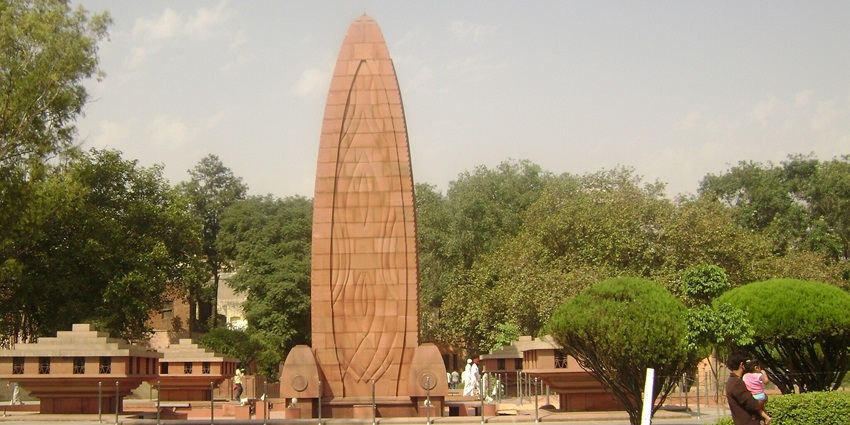
Photo: Janki1694 / Wikimedia Commons
The memorial garden is a contrast from the remainder of the Jallianwala Bagh premises. It is well-maintained and a peaceful retreat from the sorrowful history associated with the place. As you walk through the gardens, you get to witness first-hand the bullet marks that were left on the walls. There is a central memorial, erected to honour those who died, where visitors can pay their respects. You can stop there to offer your prayers to the deceased.
4. Reflect At The Eternal Flame
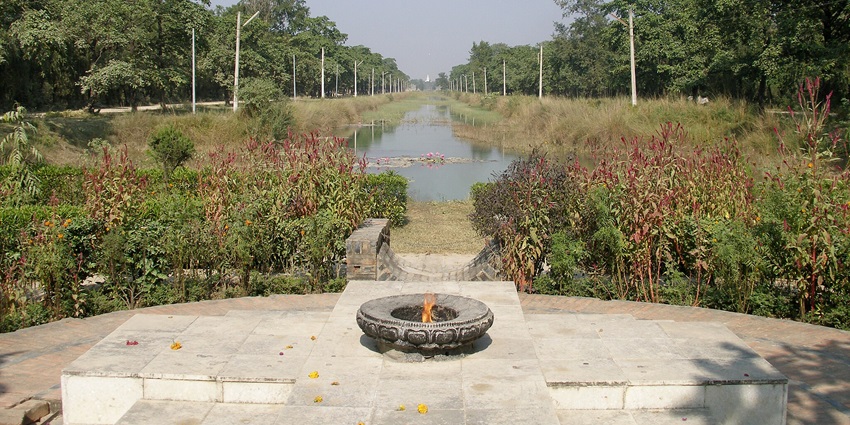
Photo: Vyacheslav Argenberg / Wikimedia Commons / Image For Representation Only
Eternal Flame or the Amar Jyoti that is lit inside the Jallianwala Bagh is the central part of the Jallianwala Bagh Memorial. The significance of the flame is to honour the martyrs who lost their lives to bring India freedom. You can stop by the flame to reflect on the sacrifices of these people and offer your respect there.
Suggested Read: Places To Visit Near Patiala For A Serene Getaway In Punjab
Places To Visit Around Jallianwala Bagh Museum
After you are done exploring the Jallianwala Bagh Museum, it is time for you to go ahead and explore the nearby sightseeing spots.
1. Golden Temple
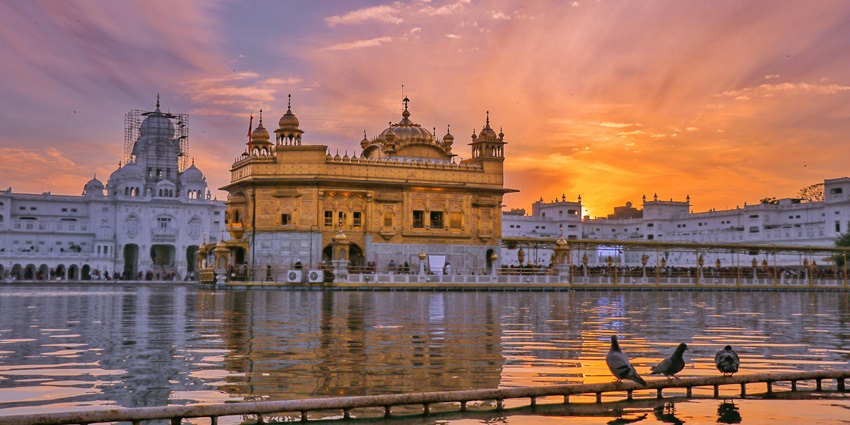
Photo: Nav Photography / Pexels
The Golden Temple or Harmandir Sahib is believed to be the holiest shrine in Sikhism and one of the most iconic landmarks in India. The gurdwara dates back to the 16th century and was built by Guru Arjan Dev Ji. The view of the Amrit Sarovar, which is the sacred water tank and the reflection of the golden dome of the temple is a sight to behold. The temple complex also includes the Central Sikh Museum, which provides insights into Sikh history and heritage. You can also take part in Langar.
Distance From Jallianwala Bagh Museum: 1.2 km
Timings: 24*7
2. Partition Museum
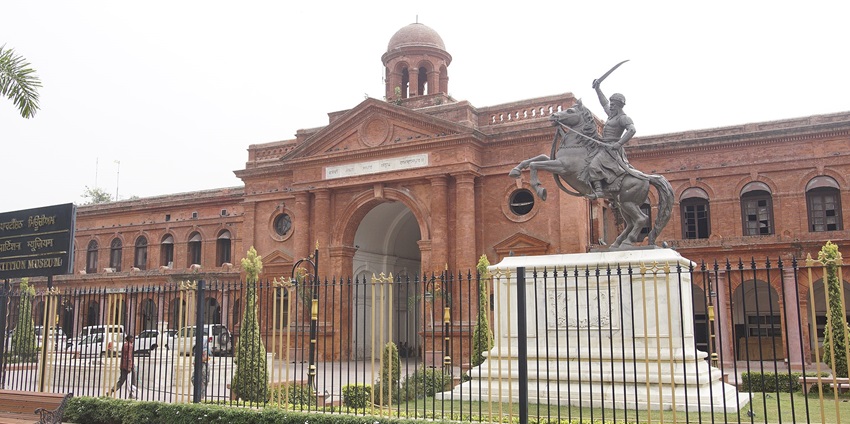
Photo: Vengolis / Wikimedia Commons
Another historical museum in Amritsar worth visiting is the Partition Museum. It tells the history of the Partition of India, which took place in 1947. The artefacts inside the museum include personal stories of those affected by the partition, items from refugee camps, and documents related to the migration. It provides a reminder of the lives that were affected by the partition and the families that were torn apart due to the act.
Distance From Jallianwala Bagh Museum: 2.1 km
Timings: 10 AM to 6 PM
Suggested Read: Shopping Malls In Ludhiana
3. Durgiana Temple
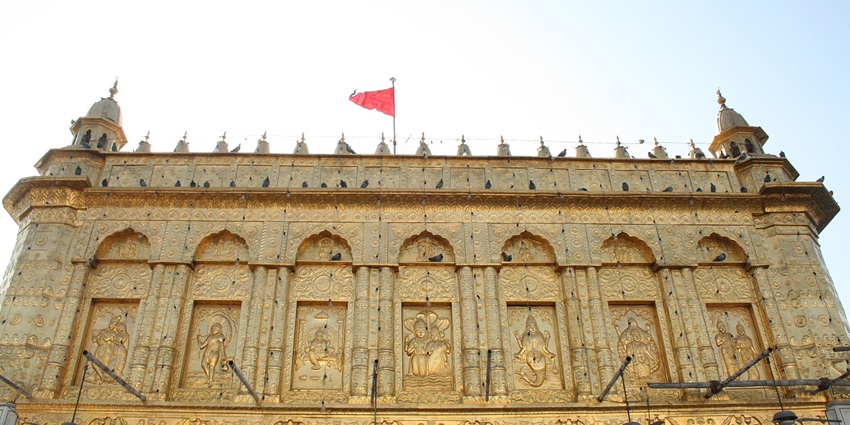
Photo: Diego Delso / Wikimedia Commons
The Durgiana Temple, also known as the Lakshmi Narayan Temple, is a major Hindu temple dedicated to Goddess Durga. The temple’s architecture is a lot similar to the Golden Temple with the central dome and white marble. The exquisite silver doors further add to the charm and beauty of the temple. Inside the main temple, there are a few smaller temples such as Seetla Mata and Bara Hanuman.
Distance From Jallianwala Bagh Museum: 3.9 km
Timings: 6 AM to 1 PM and 3 PM to 10 PM
Where To Stay

Photo: Pixabay / Pexels / Image For Representation Only
Being one of the most popular tourist destinations in India, Amritsar is home to numerous hotels and resorts. Depending on your comfort and budget, you can book your accommodation in one of the many places including Regenta Place Amritsar, Hotel Grand Fortune, Hotel Aura Grand Amritsar and Ramada by Wyndham.
Suggested Read: Shopping Malls In Amritsar
Where To Eat
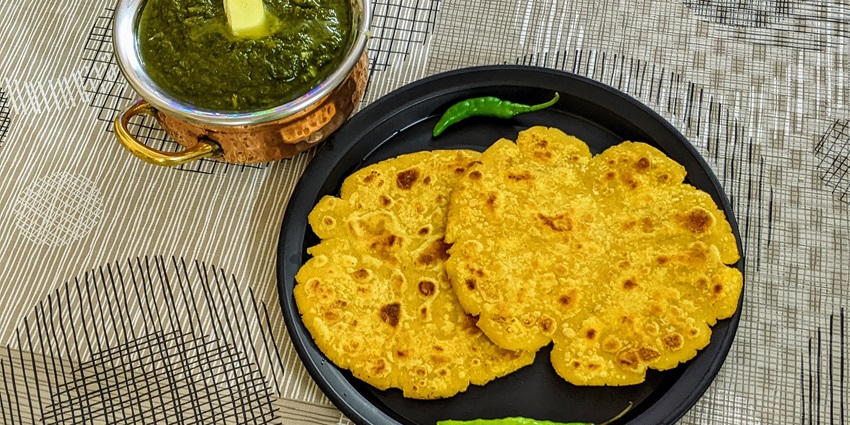
Photo: Garvit arya / Wikimedia Commons / Image For Representation Only
Since the museum is located quite centrally in Amritsar, there are several different restaurants available in close vicinity. You can indulge in local Punjabi cuisine or international cuisines too. Some of the best restaurants to try out are The Gram Amritsar, Crystal Restaurant, Kake da Hotel, Bade Bhai Ka Brothers Dhaba and Ambrosia Restaurant.
Best Time To Visit
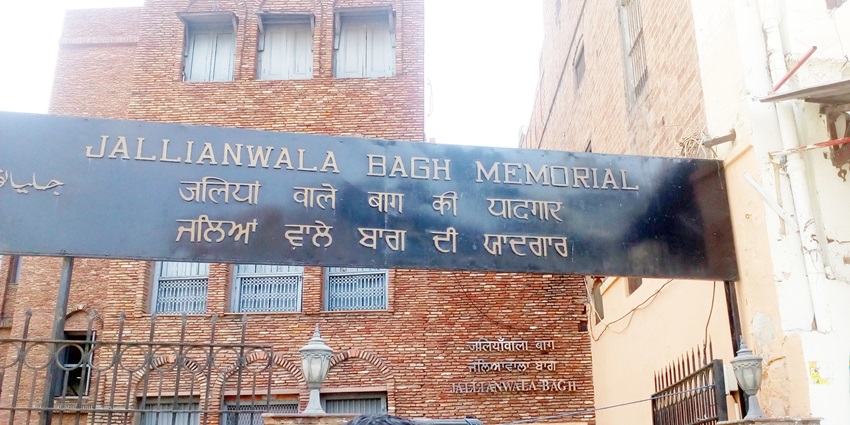
Photo: Shivamsetu / Wikimedia Commons
The museum is open throughout the year, enabling you to explore it anytime you are comfortable. Usually, the peak season is from October to March when the temperature is from 10°C to 20°C. This cooler weather makes exploring the city and its historical sites much more comfortable.
Suggested Read: Best Shopping Malls In Jalandhar
Other Factors To Consider
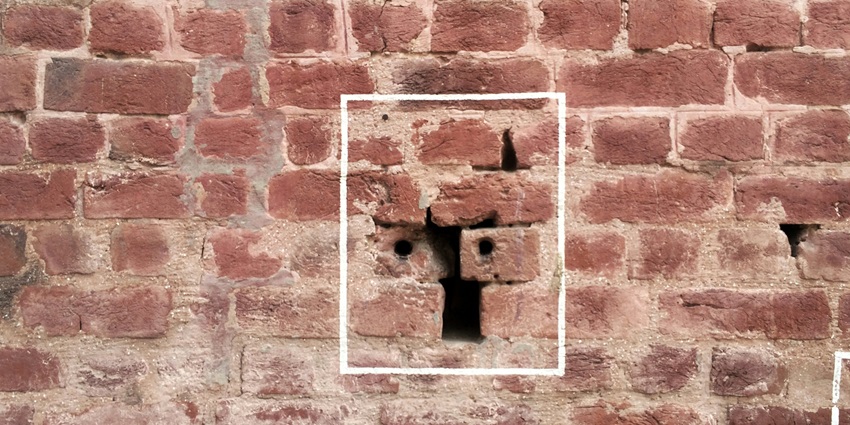
Photo: Omkar Jadhav / Unsplash
Tips For Travellers:
- Respect the solemn nature of the museum and the religious sites in Amritsar by dressing conservatively.
- Amritsar often hosts festivals and special events; check the local calendar to make the most of your visit.
- While many places accept cards, it’s advisable to carry cash for small purchases and local eateries.
- It is always a good idea to carry your identification documents while travelling.
Jallianwala Bagh Museum is a powerful reminder of India’s struggle for independence and the innocent lives that were sacrificed in the process. The museum and the memorial should be explored together so you have a real-time experience of understanding the events. You can have a physical look into the remnants of the massacre. Ensure to plan your trip with TripXL for the best discounts on your bookings.
Cover Photo: Bijay chaurasia / Wikimedia Commons


 WhatsApp
WhatsApp
 Twitter
Twitter









